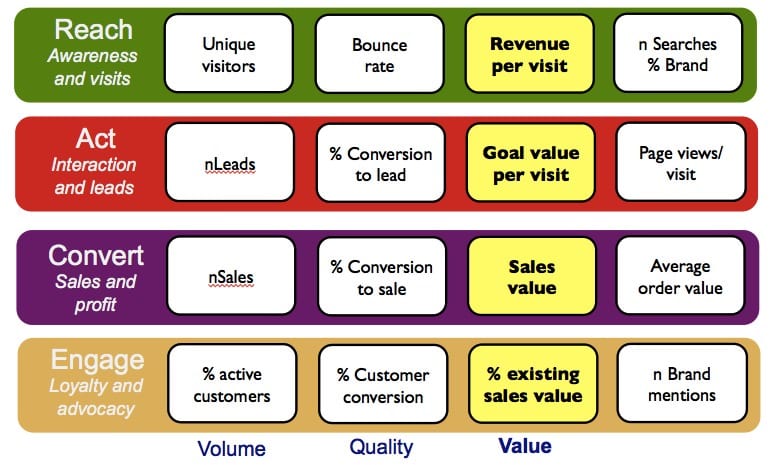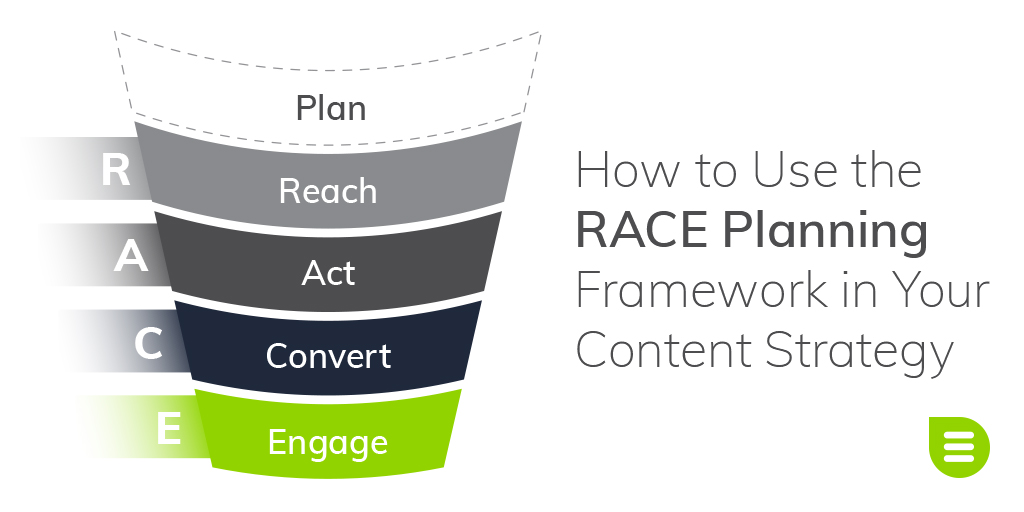Digital marketing is a rapidly growing field that requires a well-defined strategy in order to succeed. With the plethora of options and tools available, it can be overwhelming for marketers to determine the best approach to achieving their goals. That’s where the RACE planning framework comes in. RACE stands for Reach, Act, Convert, and Engage, and it is a framework that helps marketers plan and execute their digital marketing strategies in a structured and effective way.

Reach
The first step in the RACE planning framework is to identify the target audience and determine the most effective channels to reach them. This includes identifying the demographics, psychographics, and behaviors of the target audience. Once this information is gathered, marketers can then focus on creating content that will resonate with their audience and drive traffic to their website or social media pages.
In order to reach the target audience effectively, it is important to use a combination of channels such as social media, email marketing, display advertising, and search engine marketing (SEM). Each channel has its own strengths and weaknesses, so it is important to identify which channels will be most effective for reaching the target audience.
Act
The second step in the RACE planning framework is to encourage the target audience to take action. This involves creating a compelling call-to-action (CTA) that encourages visitors to engage with the website or social media page. The CTA should be prominently displayed and easy to understand. It could be a request to sign up for a newsletter, download a whitepaper, or request a demo.
The Act phase is also where marketers focus on optimizing the user experience. This involves creating a website or landing page that is easy to navigate, loads quickly, and is optimized for search engines. It is also important to ensure that the website or landing page is mobile-friendly, as more and more people are accessing the internet on their mobile devices.
Convert
The third step in the RACE planning framework is to convert visitors into customers. This involves creating a seamless buying experience that encourages visitors to make a purchase. The conversion rate can be improved by using persuasive copy, offering incentives such as discounts or free trials, and providing social proof in the form of testimonials or reviews.
It is also important to track conversions using tools such as Google Analytics. This allows marketers to identify which channels are driving the most conversions and optimize their strategy accordingly.
Engage
The final step in the RACE planning framework is to engage with customers and build long-term relationships. This involves creating content that is relevant and valuable to the target audience, such as blog posts, social media updates, and email newsletters.
It is also important to provide excellent customer service, as this can have a significant impact on customer loyalty and retention. Responding promptly to customer inquiries and addressing any issues that arise can help to build trust and strengthen the relationship.
Conclusion
The RACE planning framework provides a structured approach to digital marketing that can help marketers achieve their goals. By focusing on each step of the framework, marketers can create a comprehensive strategy that reaches the target audience, encourages them to take action, converts them into customers, and builds long-term relationships. The key is to continuously evaluate and optimize the strategy based on data and feedback, in order to achieve the best results.
Also Read: 5S Of Digital Marketing
Also Read: The Role of Email Marketing In Effective Digital Marketing Strategy
To read more concepts like this, subscribe to our newsletter
Go to the full page to view and submit the form.

